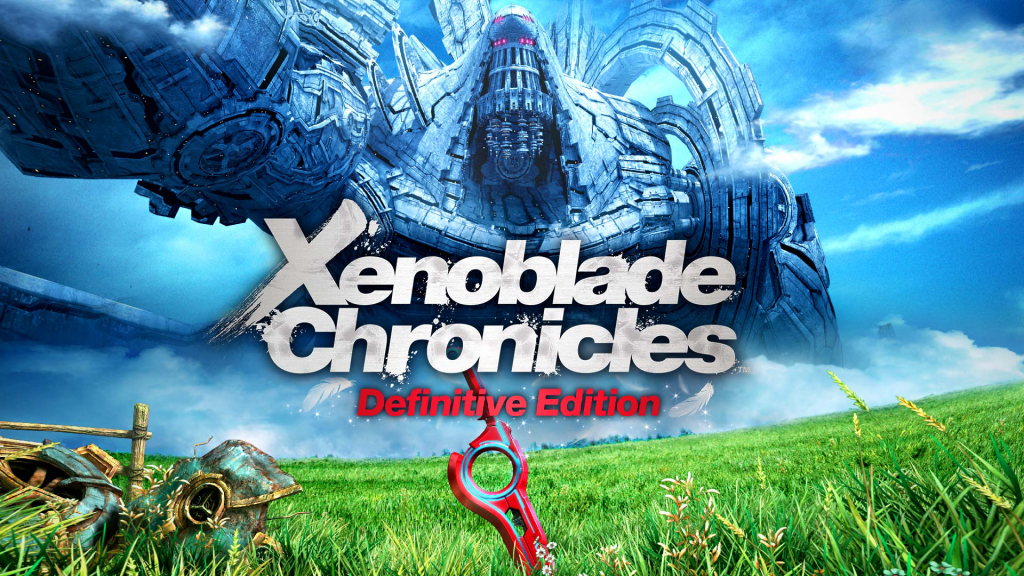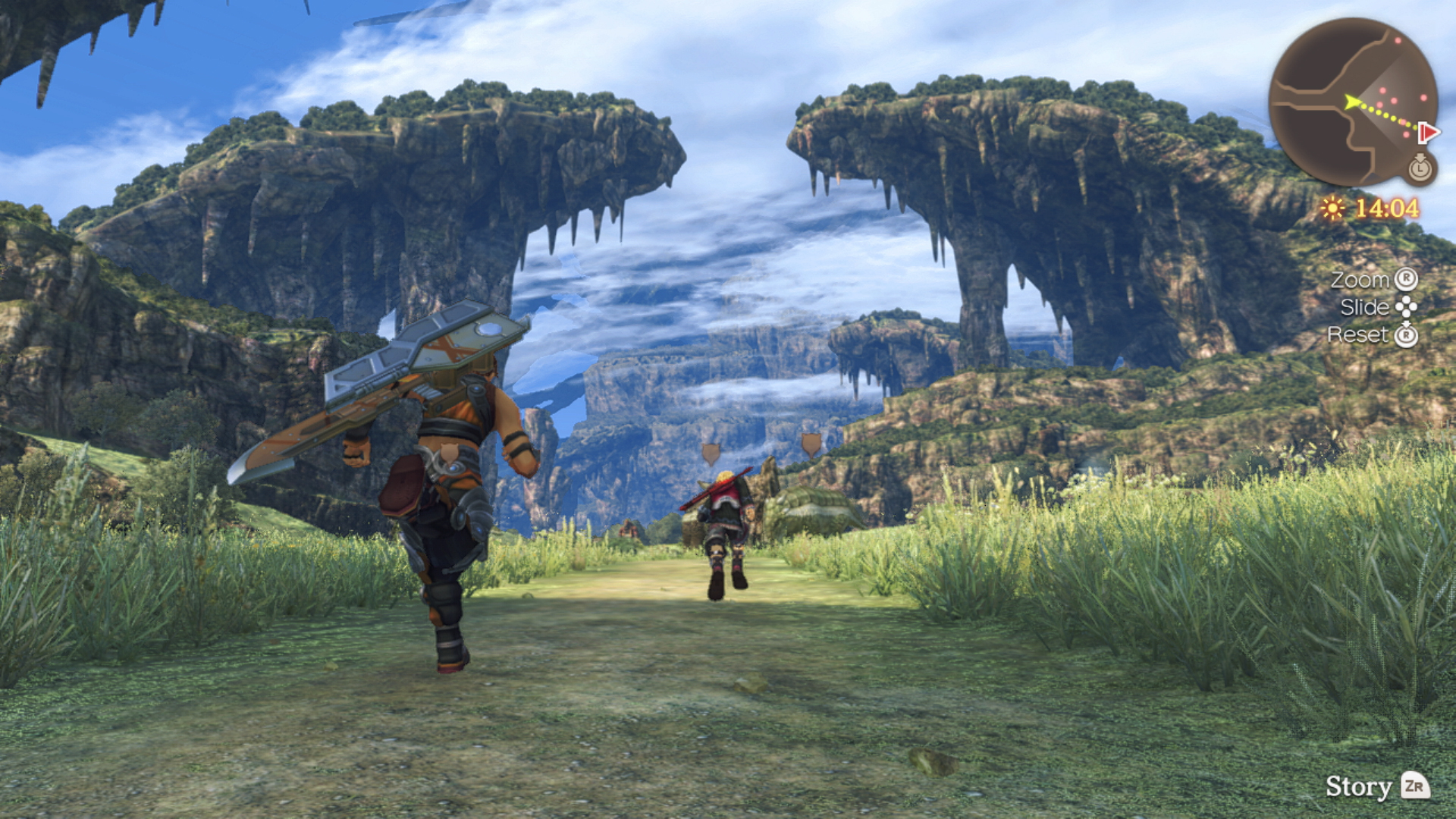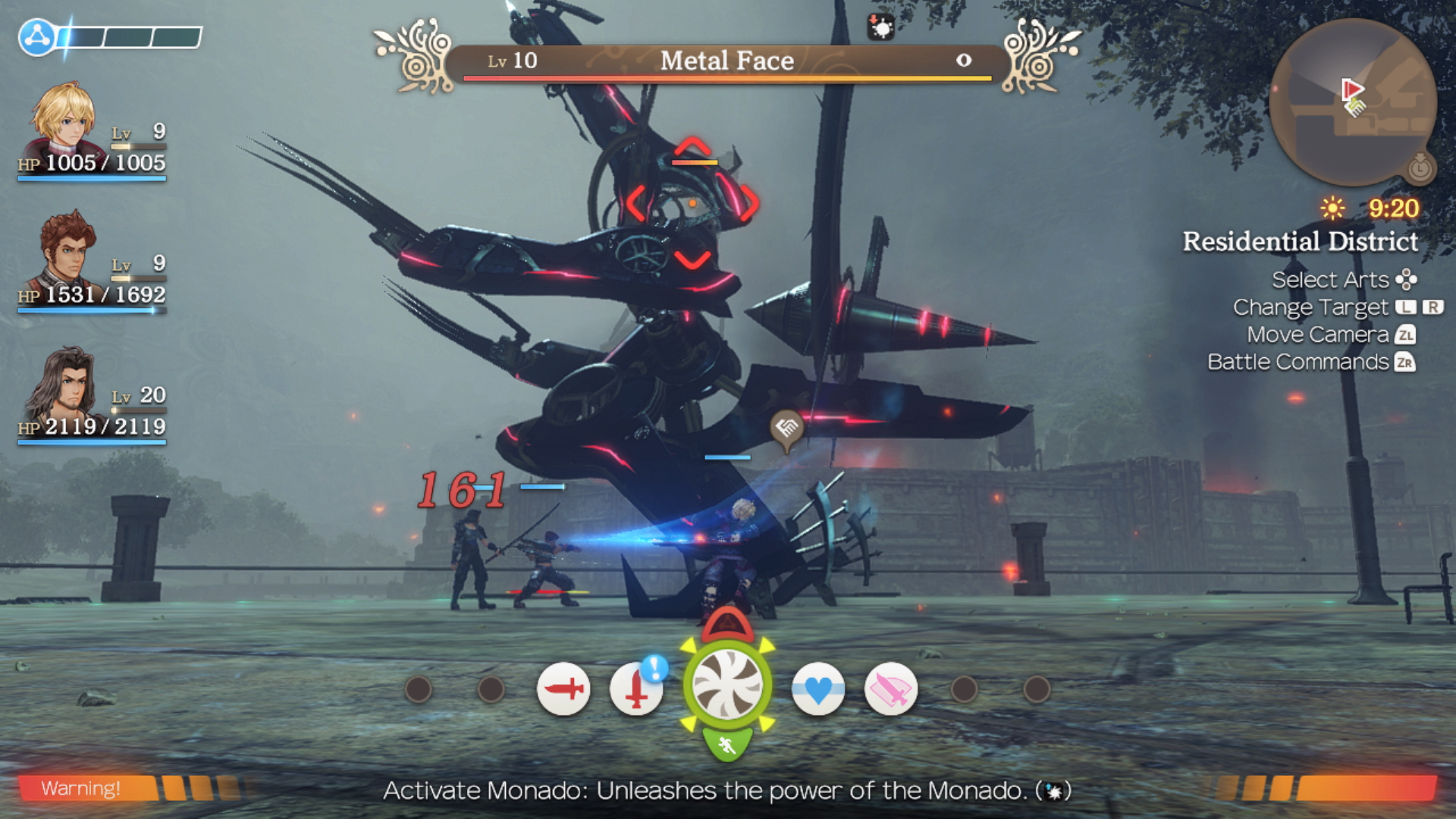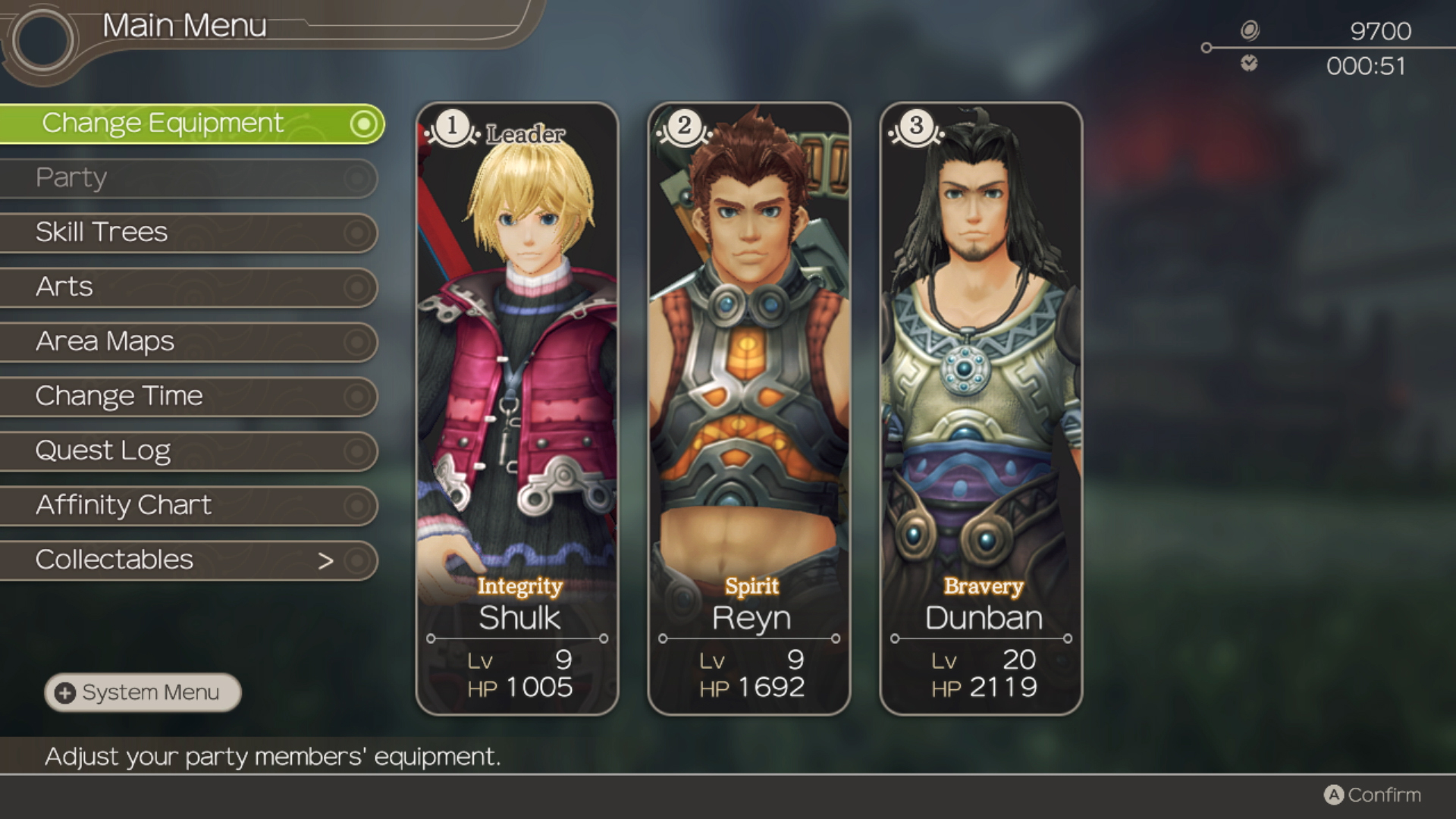Xenoblade Chronicles was originally released on the Wii way back in 2010 as a direct result of a fan-made campaign that requested the localisation of three JRPGs that previously had no plans for English versions. Undoubtedly the best of the three, Xenoblade Chronicles released to critical acclaim and despite modest sales, became somewhat of a cult hit. In the wake of the series’ extremely successful sequel for the Switch, Xenoblade Chronicles 2, Nintendo has now developed a remaster of the original game, titled Xenoblade Chronicles: Definitive Edition. So, does this re-release earn its subtitle, or is it a simple port of a dated JRPG?
One of the greatest strength of Xenoblade Chronicles is its world. At the dawn of time two enormous titans, the organic Bionis and mechanical Mechonis, were locked in a horrible battle in an endless ocean. Eventually, the fight comes to a stalemate, and due to the wounds sustained in the battle, both titans come to a standstill, as if frozen in time. Eons pass and far smaller sentient beings came to exist on the Bionis, forming civilisations and cultures of their own. You play as Shulk, a young Homs that lives in Colony 9 built on the calf of the Bionis. Shulk lives a simple life in the Colony, until the menacing Mechon, denizens of Mechonis, invade and change his world forever.
The story of Xenoblade Chronicles begins as a tale of revenge as Shulk sets off looking to bring the fight to the Mechon, but by the end of the 40-50 hour narrative, there are an extraordinary amount of twists and turns. The revelations are not always unexpected, but they’re delivered in such a satisfying way throughout that it hardly matters. Exploring the Bionis is an absolute delight, the desire to see what wondrous new location is around the corner kept me up way past my bedtime on several occasions. Each piece of lore you learn about the titans, the people who live on them and their origins is as enticing as the next and slowly piecing together the various mysteries of this world is extremely gratifying.
Shulk meets a number of companions who will join his party along the way, they’re all immediately likable and a joy to watch interact with each other. Over time, you really get this wonderful sense of going on an adventure with a group of friends, a specific vibe that only the best JRPGs can offer. Shulk develops believably as a character as his journey unfolds, just when you think he’s becoming a little too tropey, a little too much like an insecure anime boy, his companions will tell him to snap out of it and get the job done, and he actually does! There’s very little wallowing in self-pity that a lot of these games with young male protagonists get bogged down in. That isn’t to say there aren’t plenty of anime cliches to be found here, the most bewildering being: “let’s not deal the killing blow to this genocidal, irredeemably evil madman because… we’re the good guys!” but for the most part Xenoblade Chronicles nails the stakes and heights of drama where it counts.
I played with the English dub (you can play with Japanese voices if you wish) as it was how I played the original on Wii, and while it can undeniably be a little stilted and goofy at times, eventually I got to a place where it didn’t bother me. This in large part thanks to how well everything is presented, cutscenes are a blast in this game, and the voice actors deliver in the moments where it really matters.
The combat and general gameplay are somewhat akin to an MMORPG, each area you explore is a self-contained zone with landmarks to discover, NPCs to meet and shops to browse. There are also various animals and monsters roaming around, some of whom will attack you on sight and others who will only fight to defend themselves. The combat is in real-time with you playing as one of a battle party of three. You can choose to play as any of the people in your party, however, you can’t switch between them once combat is underway. In a fight, you can move freely around the battlefield and indeed your positioning in relation to the enemy does affect the potency of some abilities. Each character has unique abilities called ‘arts’ that you can acquire and upgrade throughout the game. This form of combat is rather unique for a JRPG but thanks to the extensive and easy to read tutorials it doesn’t take long to get your head around it.
If you take time away from the main story to do side quests whenever they crop up you will quickly find yourself significantly over levelled. Bosses that are meant to be a big deal begin to feel like just another enemy. Admittedly I didn’t really have a problem with this considering I’d played the game before and wasn’t really looking to be challenged, but it’s certainly an issue. Thankfully, developer Monolith Soft has added an Expert Mode to this Definitive Edition which allows you to bank the XP you gain from completing quests to be used later. So if you want to stay at roughly the same level as the enemies you’re fighting as part of the main story you’re free to do so and then boost your level later. It’s a clever solution and once again allows players the freedom to play however they like.
There are a number of other quality of life improvements that make the more tedious aspects of the original a lot more manageable. The most significant of which has to be the tracking of quests and collectibles. Each of the game’s areas has a series of collectibles that manifest as blue orbs in the world and a significant number of side quests involve finding a certain number of these collectibles. In this version of the game, the map will display exactly which of the many blue orbs in the area are the ones you need for a quest. Similarly, you can track side quests now, which makes navigating this enormous and complicated world a breeze.
You can also change the appearance of your party’s weapons and armour without changing what they have equipped. For example, you could equip the most powerful, end game armour you have but select the option to make it look Shulk’s Colony 9 garb if you so wished. It’s a small change but one that goes a long way to make your journey feel more personal.
By far the biggest improvement however are the graphics. Visually the game is leaps and bounds above the original, which was plagued with low-res textures and crayon-on-cardboard faces. It’s difficult to overstate how much of an improvement the character models have received; it adds a lot to the presentation of the story and your affinity towards the characters when they resemble actual people. It’s fantastic to finally see the world and characters of Xenoblade Chronicles rendered in the fidelity they deserve. The resolution is noticeably low on docked mode, which is a shame, but was presumably a necessity in order to maintain decent performance on the Switch with such large worlds to explore.
The soundtrack has also been largely rearranged with the option to choose whether you want to play with the original score or the reworked one being a very welcome addition. I played with the new arrangement and was impressed, however, it’s difficult to determine which I prefer without sitting down to listen to them side-by-side. Regardless of which option you pick, this soundtrack is phenomenal and it was an absolute trip hearing all these tracks again.
Xenoblade Chronicles: Definitive Edition well and truly lives up to its title. The visual sacrifices that had to be made to allow the game to run on the Wii are not an issue here, with the fantastical environments and charming characters never looking so good. The quality of life improvements remove so many of the more frustrating elements of the original, and the options provided to players with regards to English/Japanese voices, music arrangement, appearance customisation and Expert Mode go above and beyond what I would normally expect from a remaster such as this. Whether you’ve only ever played the sequel or if you’re entirely fresh to the Xenoblade series, this is the perfect opportunity to jump in.
Rating: 9/10
Xenoblade Chronicles: Definitive Edition was reviewed on Nintendo Switch, with a code provided by the publisher.




